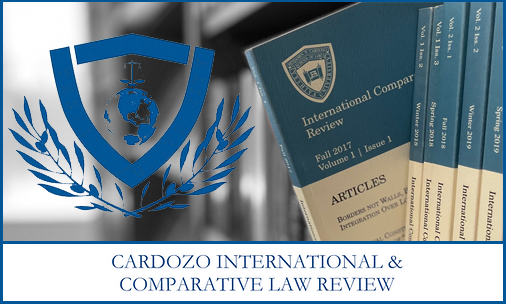Document Type
Blog Post
Publication Date
11-1-2021
Graduation Year
2023
Abstract
Museums in the United States and around the world deal in the legal art trade. Private collectors and organizations loan items for museums to show in galleries, museums purchase items from collectors, or art is donated to draw visitors and gain press attention. These are all common practices that boost institutions' popularity and crowd attendance. However, some cultural institutions have been accused of obtaining items illegally off the black market. Scandals are broadcasted throughout the world, accusing museums of displaying artifacts that do not belong to them. For example, the British Museum in London is has recently come under fire for displaying Elgin Marbles originally from the Pantheon in Athens. Despite pressure from the Greek government to return the sculptures, the British Museum argued that they are the rightful owners of the art and refuse to remove them from the museum’s collection. The British Museum argued that Lord Elgin acquired the Greek sculptures for the United Kingdom in 1801 when Lord Elgin was the ambassador in the Ottoman Empire for Britain. Therefore, the British Museum holds that Greece has no current legal claim to the sculptures. The British Museum further argues that the London museum is the best location to display the Elgin Marbles because the art would be available to a more international audience. This raises the questions: who owns art and who has the right to display it?
This post was originally published on the Cardozo International & Comparative Law Review website on November 1, 2021. The original post can be accessed via the Archived Link button above.
Recommended Citation
Goetten, Katelyn, "Trafficked: The British Museum’s Role in the Illicit Art Trade" (2021). CICLR Online. 29.
https://larc.cardozo.yu.edu/ciclr-online/29


